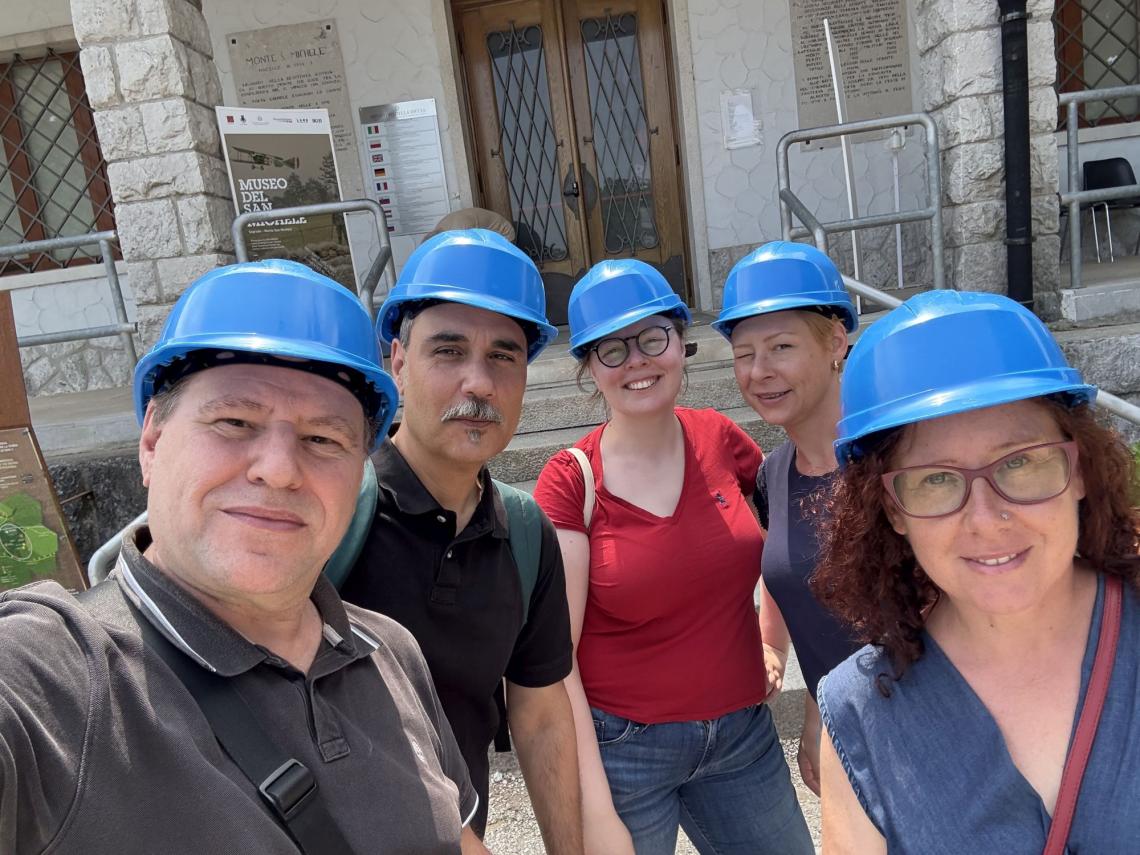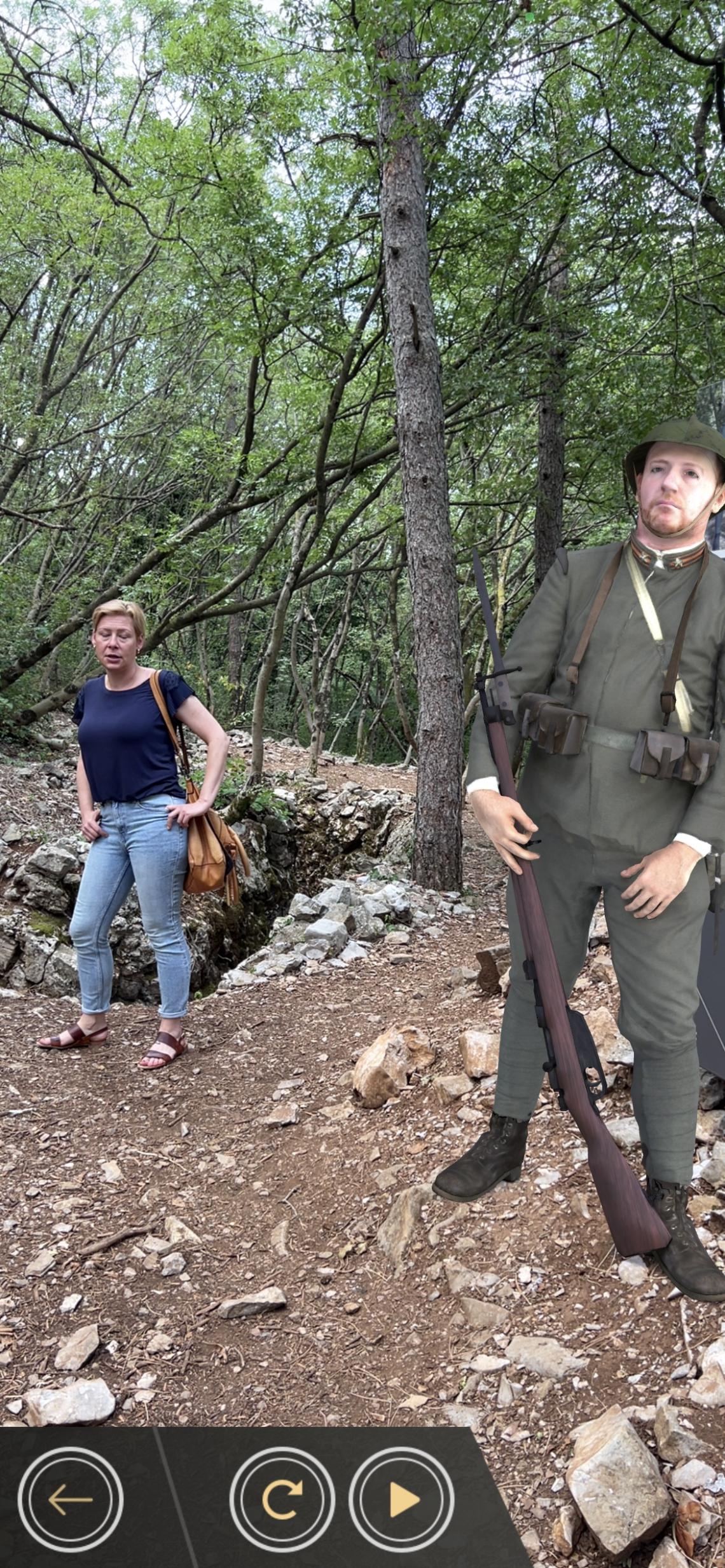
Accessibility in tourism isn’t a niche concern anymore but instead a growing priority. The DATIS project recently assessed physical and digital accessibility at Museum del San Michele in Italy. The museum serves as one example that reflects broader, shared challenges across the tourism sector.
Despite offering rich content through VR, AR, and historical exhibitions, the museum, like many others, still has barriers that prevent all users from enjoying an autonomous and safe experience. Gravel paths, steep terrain, missing handrails, low-contrast labels, and digital content that excludes certain users are all common obstacles.

The good news? Most providers, including the museum, can begin improving their accessibility today.
- Short-term fixes include adding alt text, clearer signs, captions, and accessible QR code pathways.
- Medium-term improvements involve adjusting paths, content formats, and app navigation.
- Long-term planning should aim to embed accessibility into design, infrastructure, and company culture from the ground up.

If you’re a tourism provider or stakeholder, this is your chance to start closing the gap. Follow DATIS for updates on free upcoming workshops in Italy and Slovenia and more accessibility tips and tricks:
- Instagram: https://www.instagram.com/datis_interreg/
- Facebook: https://www.facebook.com/datisinterreg
- X (Twitter): https://x.com/datis_interreg

